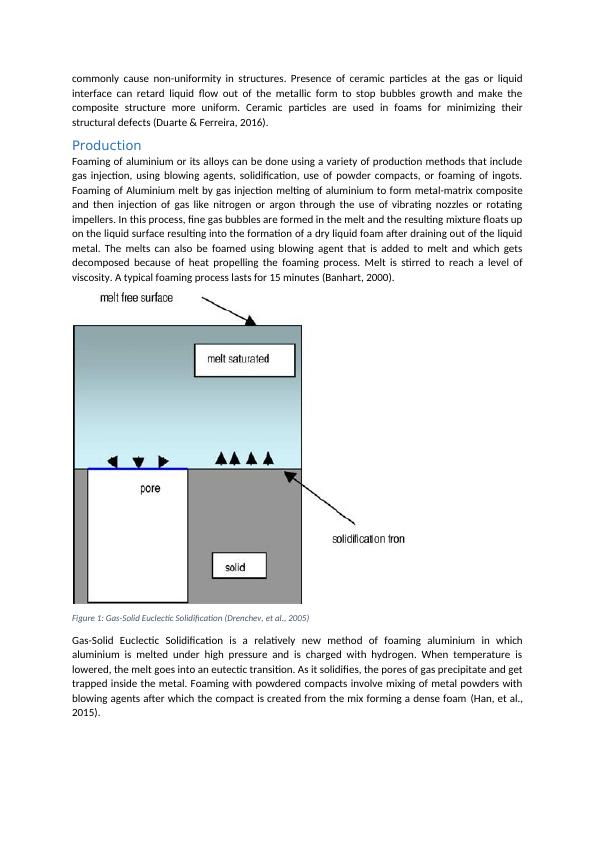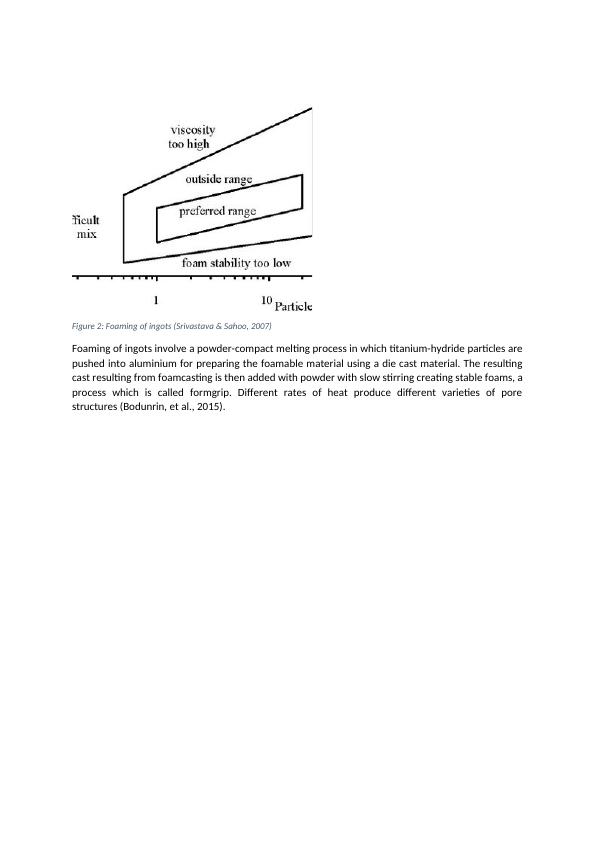Metal Foams Matrices of Aluminium Composites - Properties, Production and Applications
7 Pages2116 Words141 Views
Added on 2023-06-13
About This Document
This research explores the properties, production methods and applications of metal foams matrices of Aluminium Composites. It discusses the different reinforcements and metal foams that can be used to make aluminium composite suitable for specific applications. The research methodology involves an exploratory study using secondary qualitative methods. The project timeline is 40 days.
Metal Foams Matrices of Aluminium Composites - Properties, Production and Applications
Added on 2023-06-13
ShareRelated Documents
End of preview
Want to access all the pages? Upload your documents or become a member.
Properties, Production Process, and Applications of Aluminium Metal Matrix Composite Foams
|39
|9847
|308
Properties, Production Process, and Applications of Aluminium Metal Matrix Composite Foams
|39
|9847
|486
Electrical Physical And Mechanical Properties
|22
|6956
|23
Composite Materials for Railway Tracks
|9
|1475
|136
Presentation on.
|17
|1104
|4
Assignment on Material and Processes PDF
|29
|3281
|23



